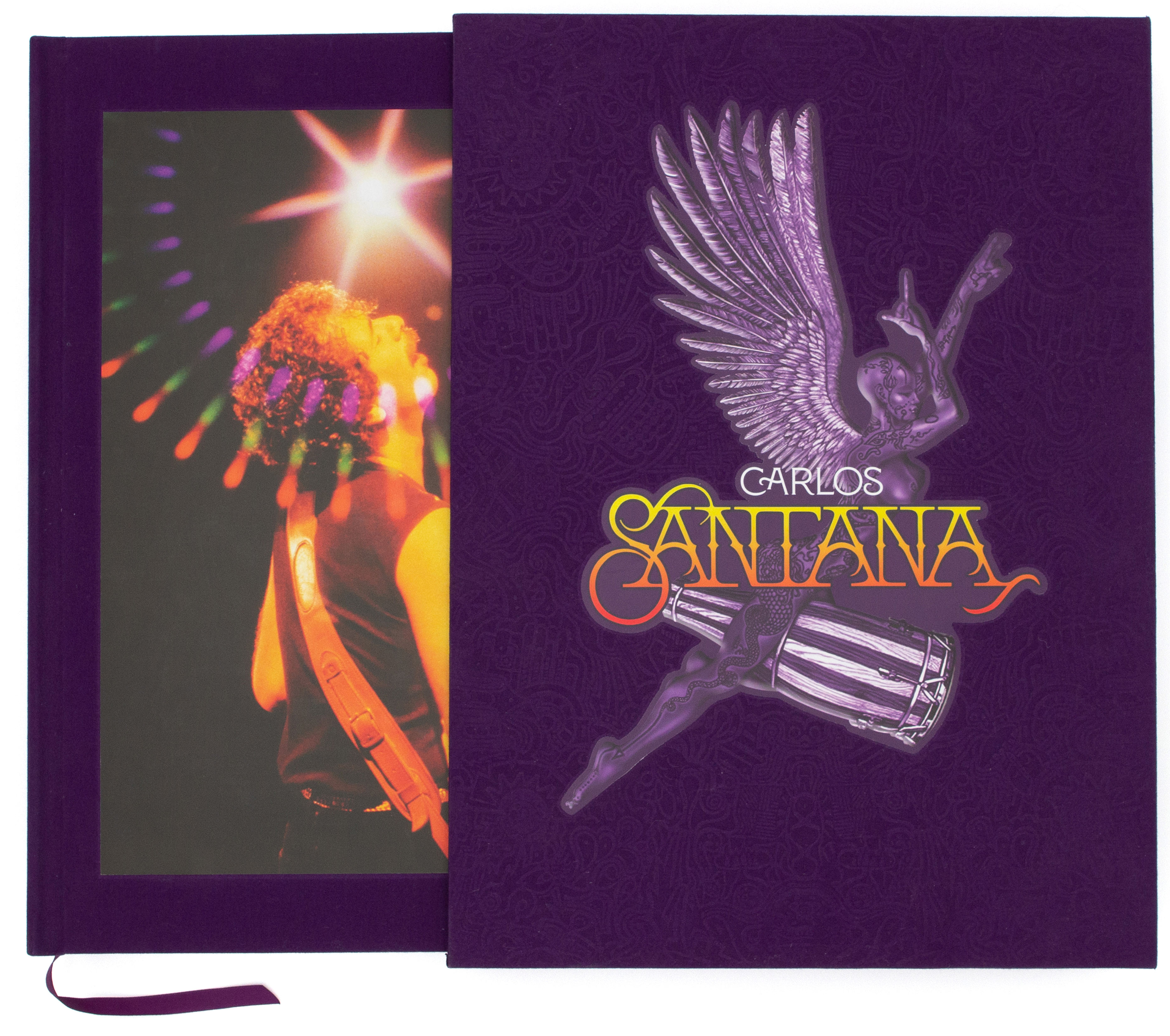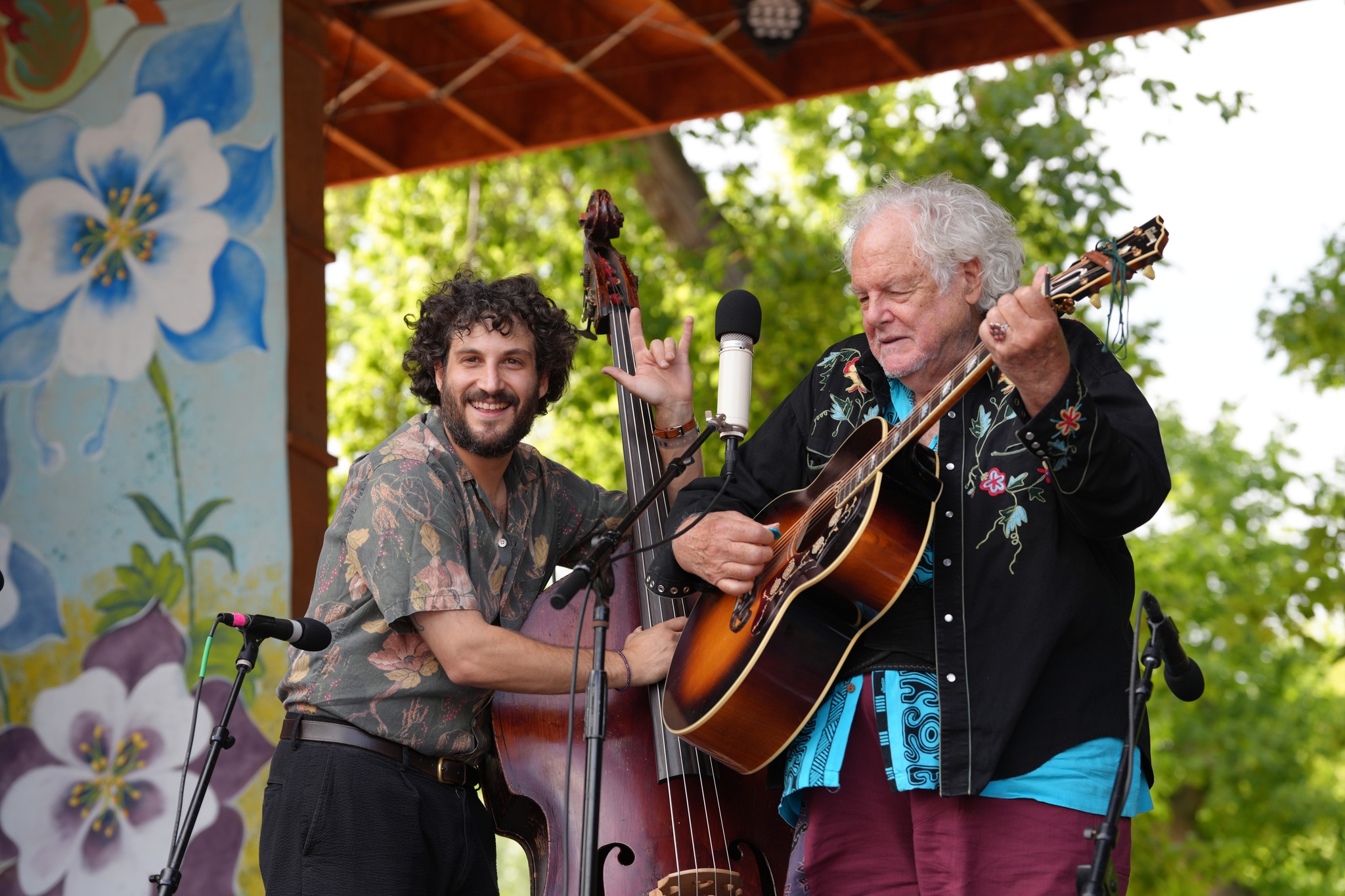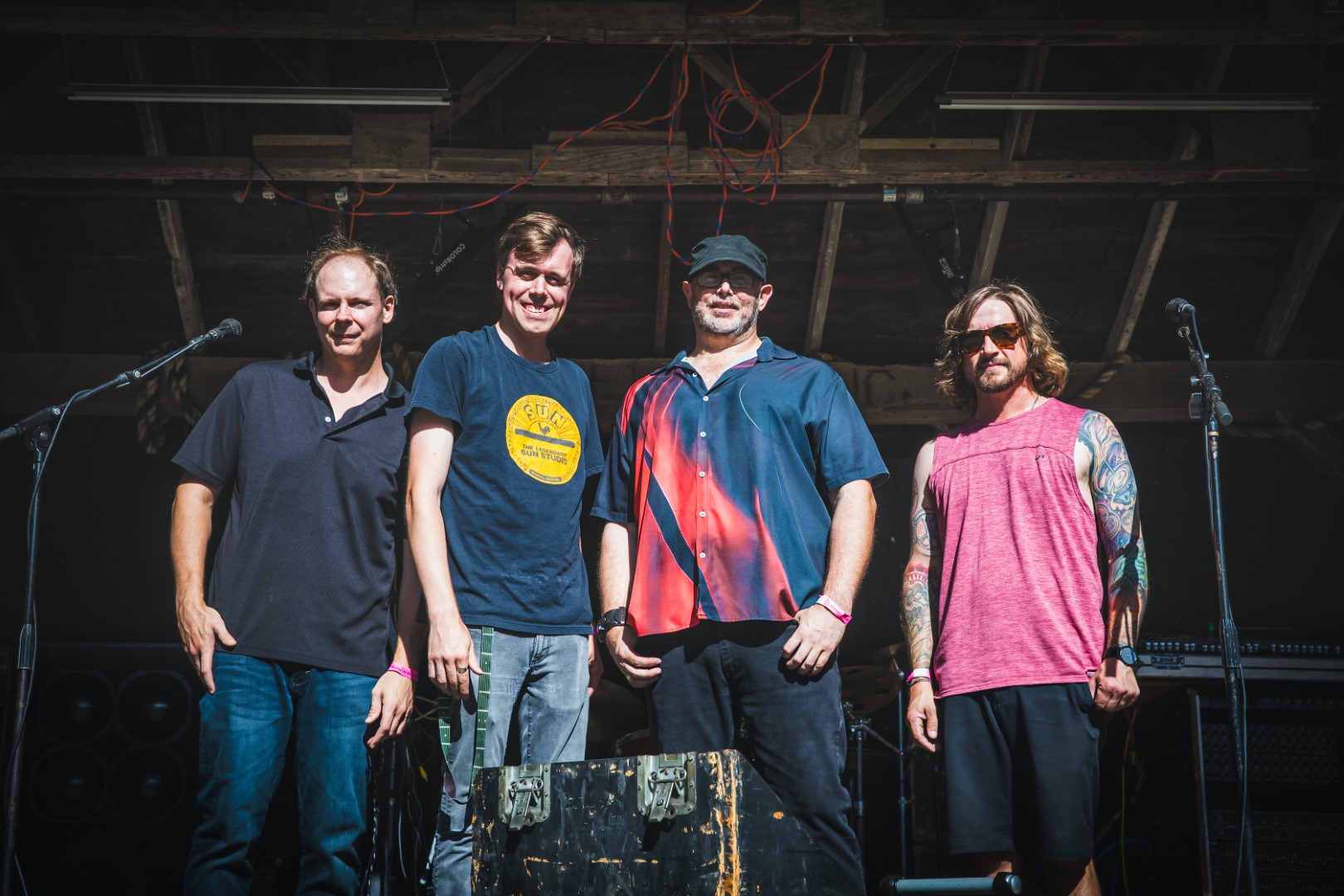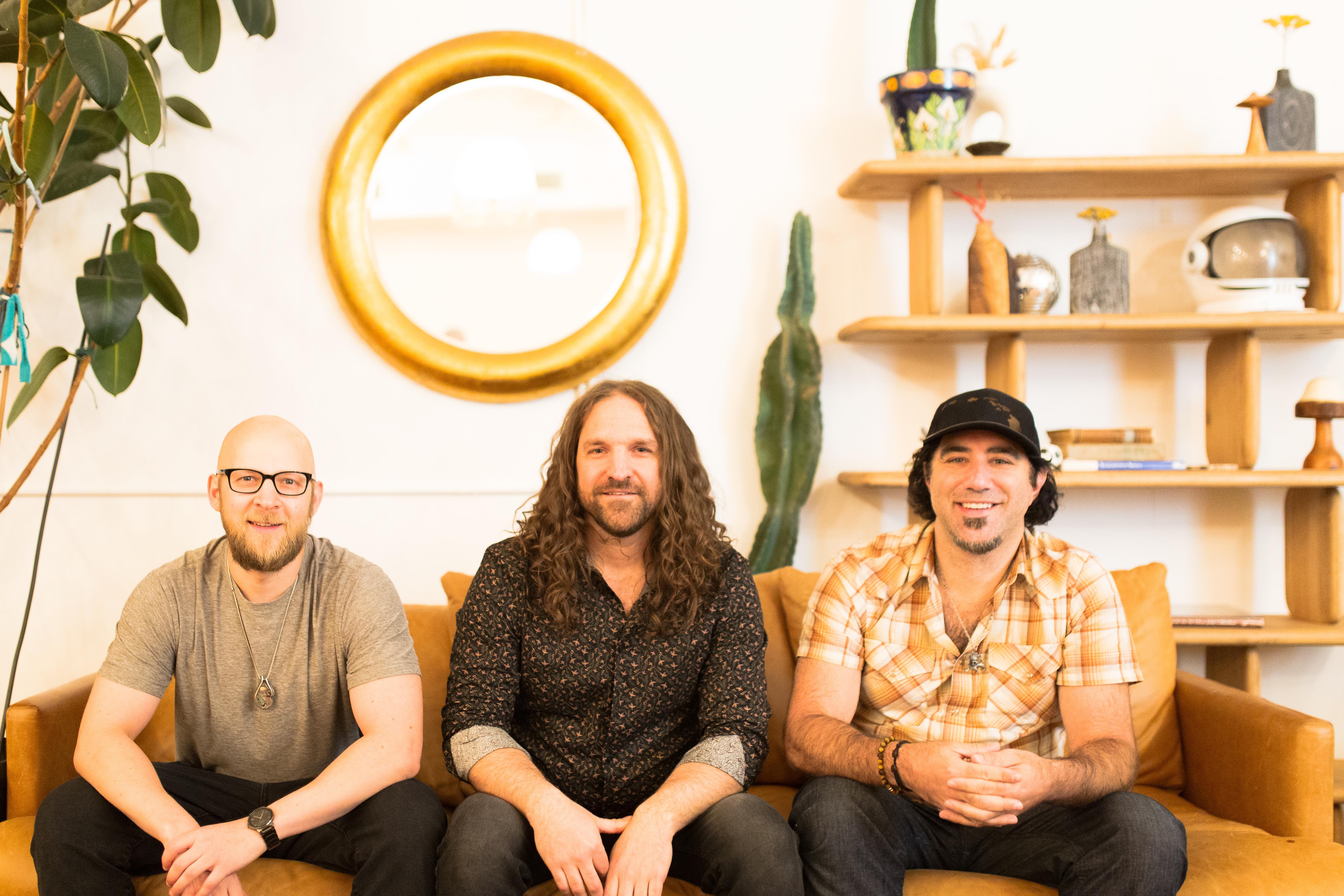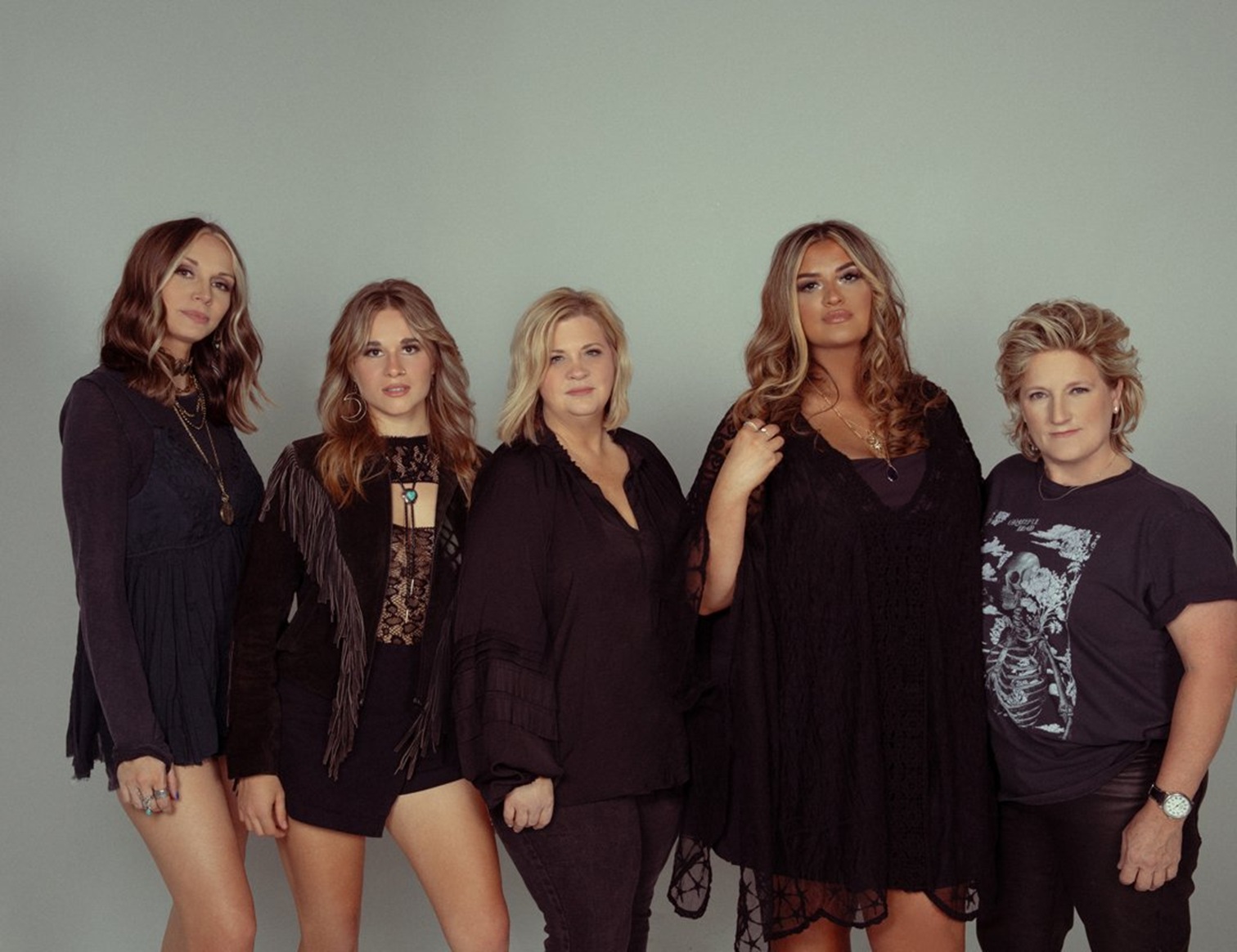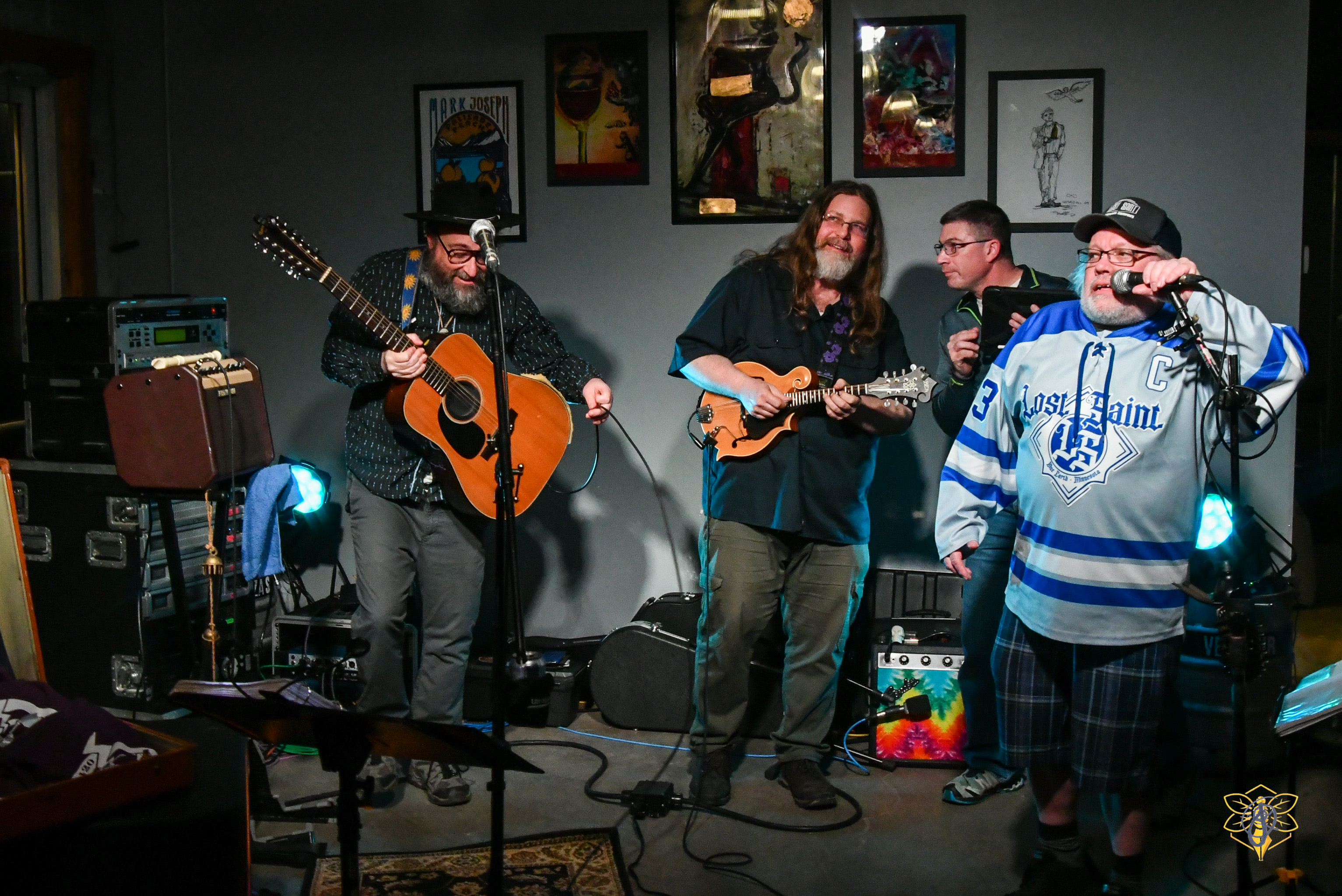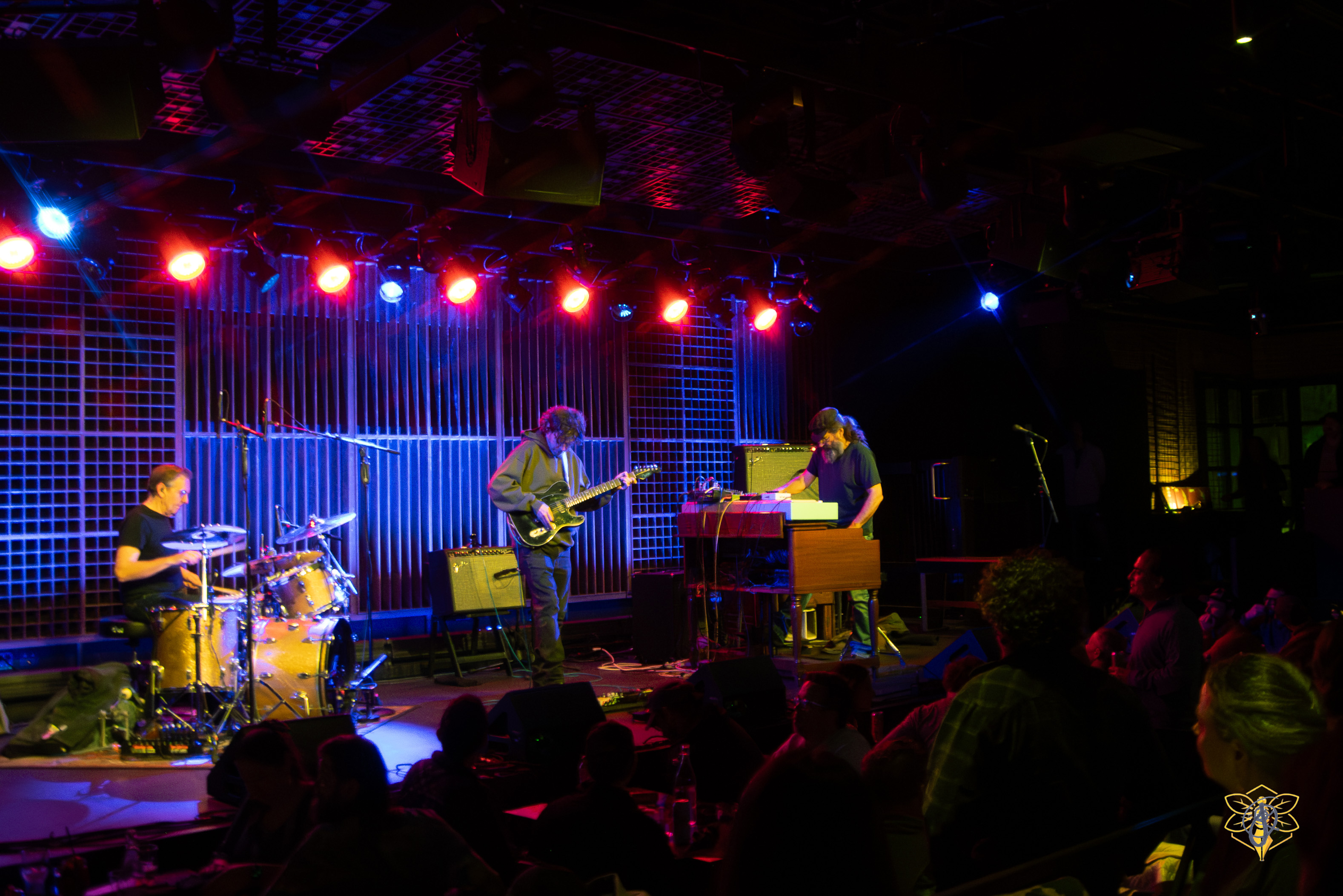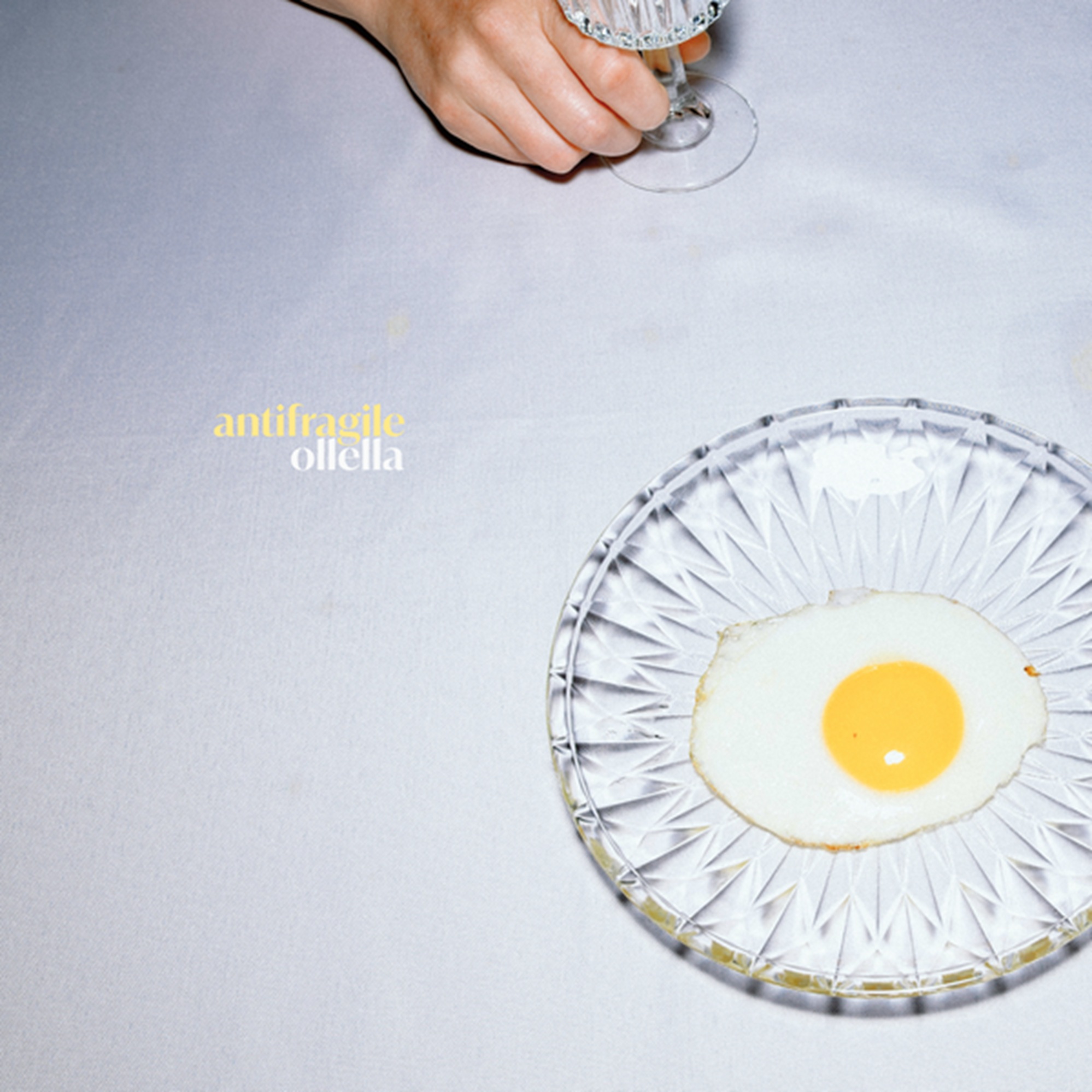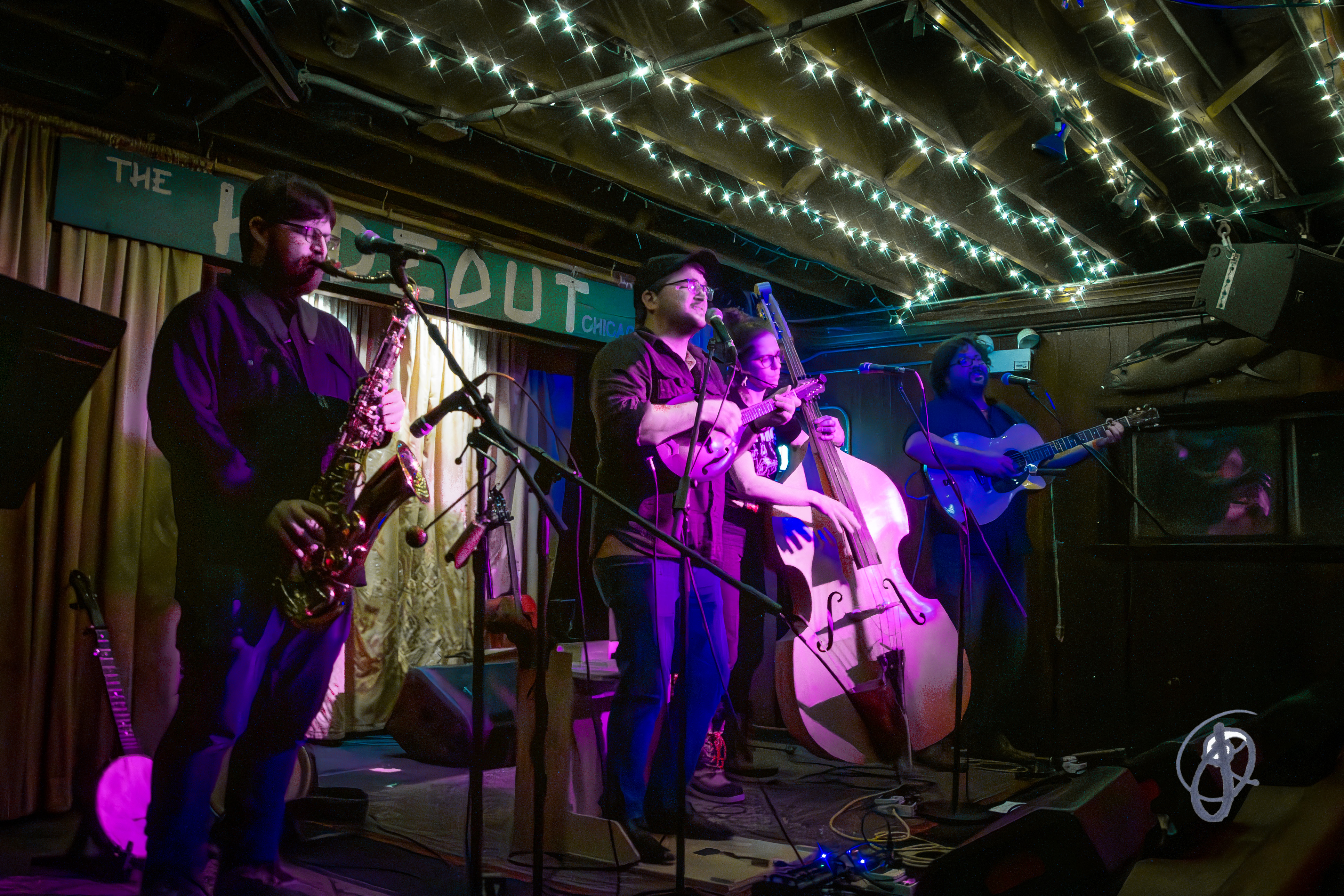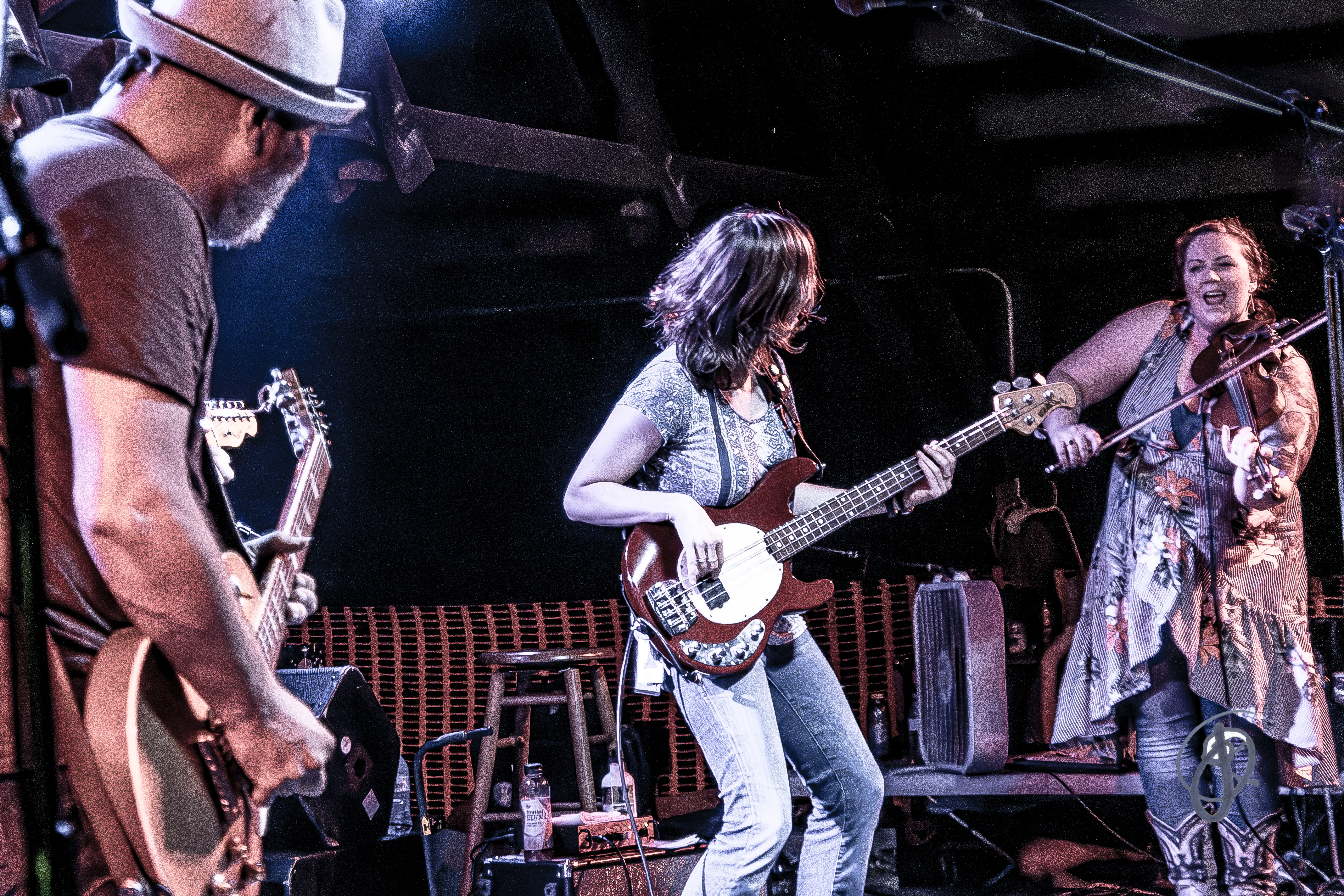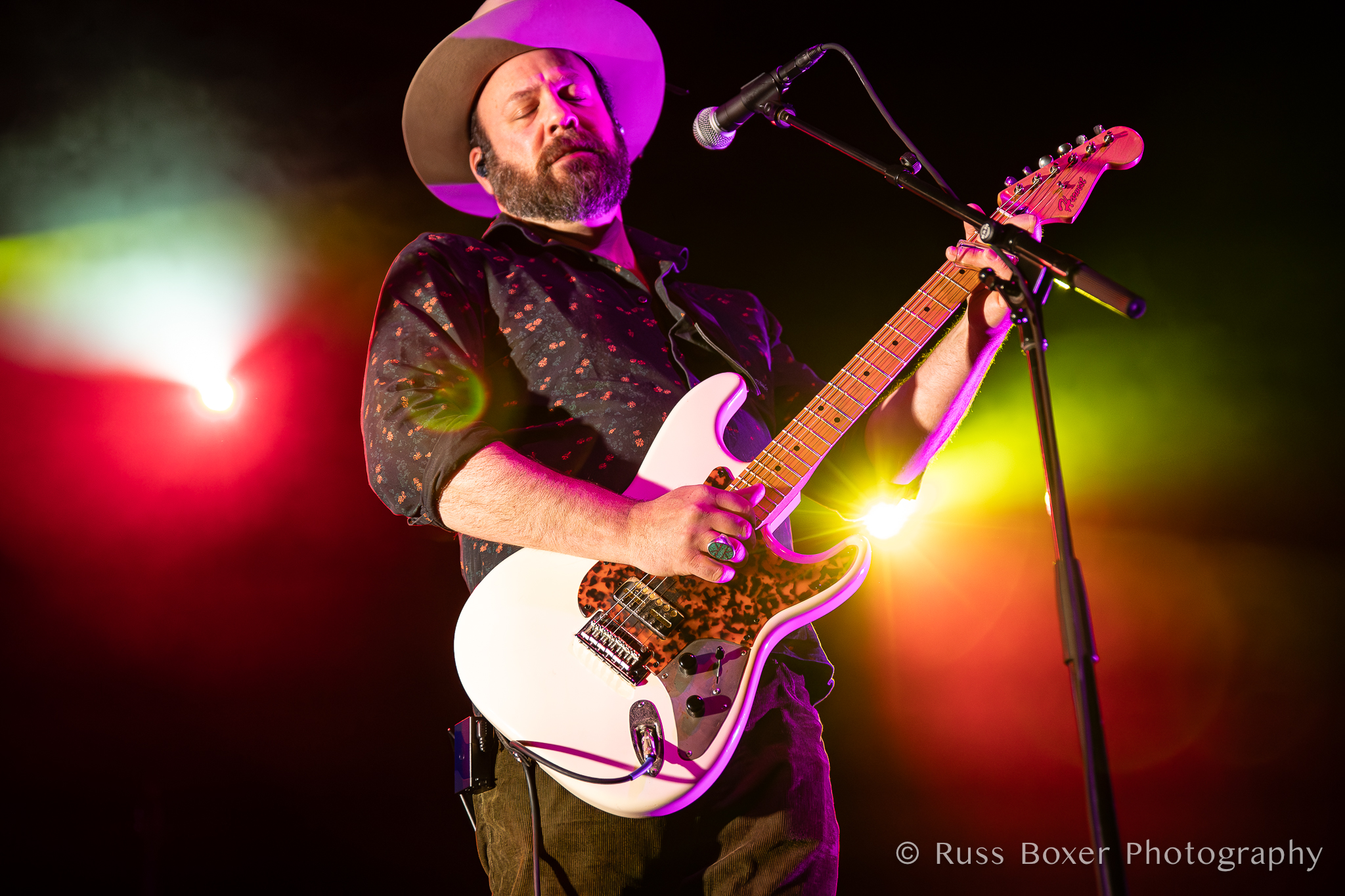Love Surrender Devotion by Jeff Tamarkin is a behind-the-scenes journey featuring exclusive interviews, presented in a definitive, hardcover 11x15-inch, 392-page book. It’s the perfect companion to Carlos Santana’s memoir, The Universal Tone: Bringing My Story to Light. The artwork, photographs, and interviews are adorned throughout with inserts, personal art, and correspondences. It’s a must-have for the consummate Santana lover. The limited edition includes a signed and numbered set in addition to the original edition. If Carlos Santana wasn't playing guitar, he was playing in his sketchbook.
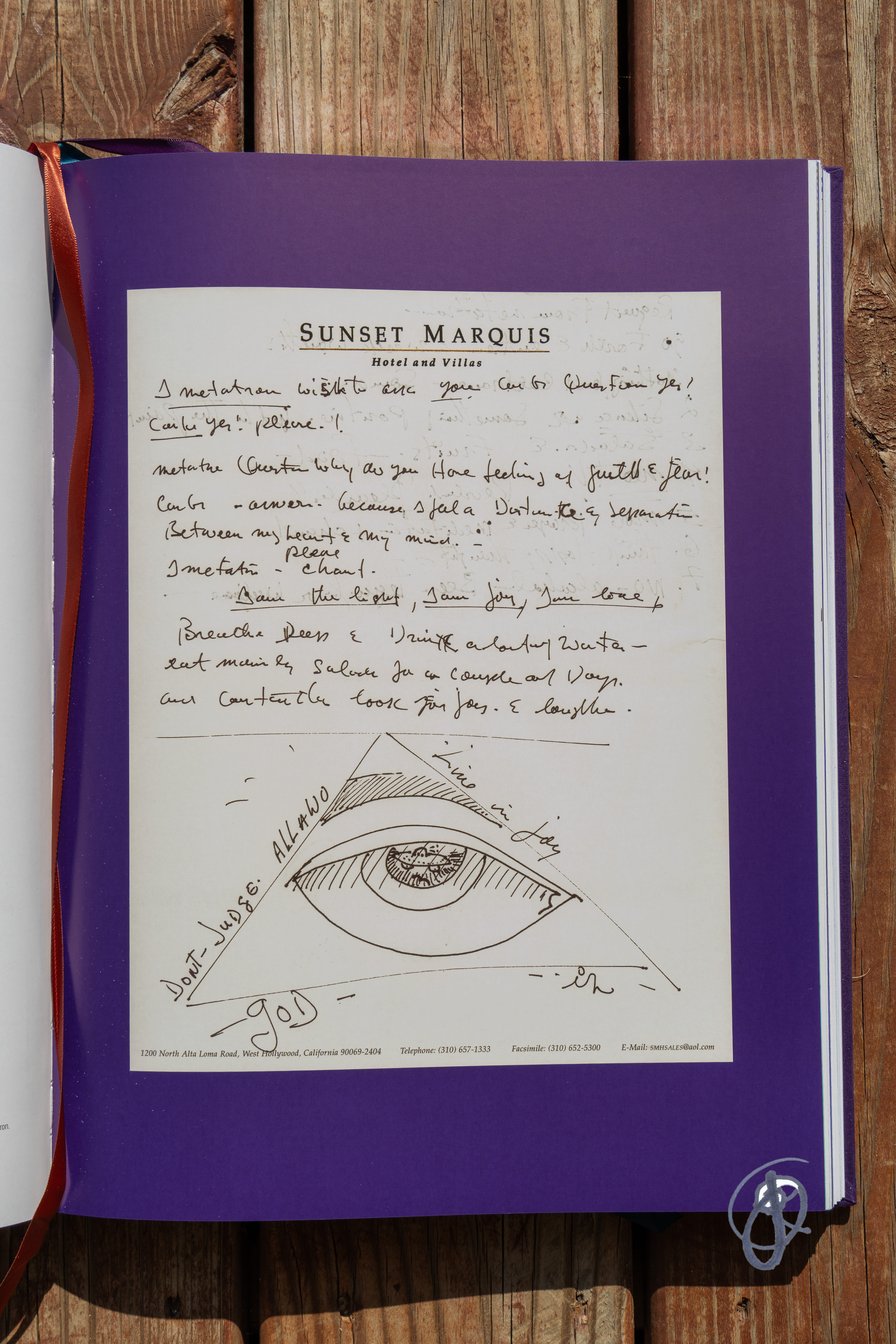
This creativity is displayed in a hardbound sketchbook featuring never-before-seen drawings, doodles, and artwork by Carlos. A deluxe drawstring pouch holds an original backstage pass from the Supernatural tours and three large enamel pins, each one depicting an item meaningful to Carlos: the Bongo Angel, which first appeared on the cover of Abraxas, a replica of his Paul Reed Smith guitar used to record Supernatural, and Carlos’s hand-drawn symbol for Metatron, a guiding force at a pivotal time in his career.
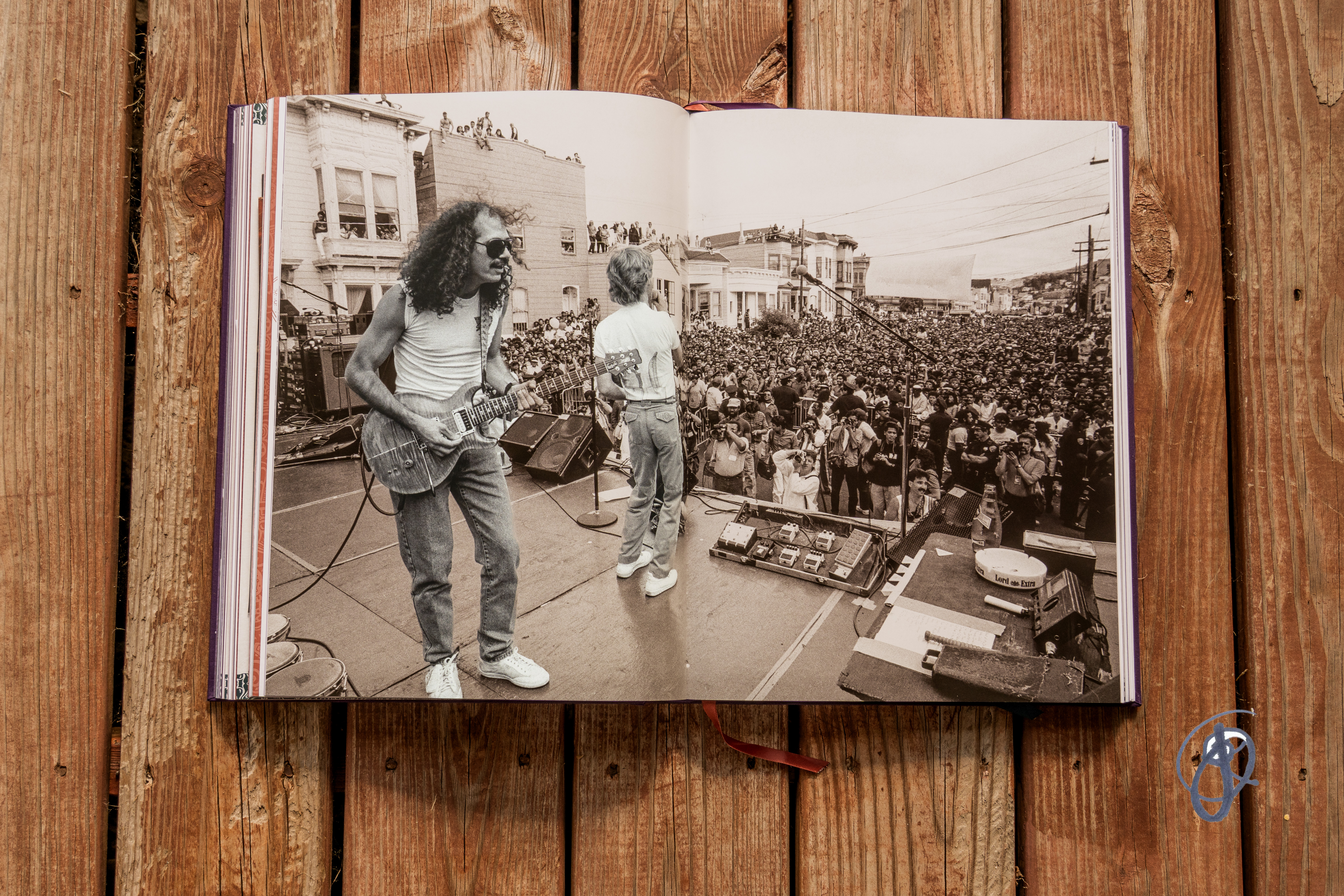
Fittingly, the prologue by Taj Mahal is titled “Santana’s intense explosion of soul.” My heart exhaled when I found that very personal feeling described on the page. In high school, I gave up on the idea that I would ever be an athlete. Scoring in the opponent’s basket was mortifying enough on the 8th-grade basketball team. Thus, physical education in high school became the bane of my existence.
I huddled in the shelter of the theatre. Miss Jacoby was our roller derby queen choreographer for the musicals. The option to take her dance class as a PE credit was a no-brainer. I jumped at the chance. For days on end, “Oye Como Va” and the dance routine she created opened my ears to a whole new world. My eyes opened to the idea of the soul, and a whole new world unfolded for my pubescent self. Emotions in motion—I never felt better about myself and my body during those tumultuous years. Trite as the song selection might have been, I found the divinity in myself through the music and movement.
Like coming home to myself—the dial of a radio with a voice that transcends the world—Santana impacts damn near anyone who gives it a chance. Listening together in the classroom setting deepened my understanding of myself and my classmates, then tuned me into a universal antenna that would ultimately shape who I became.
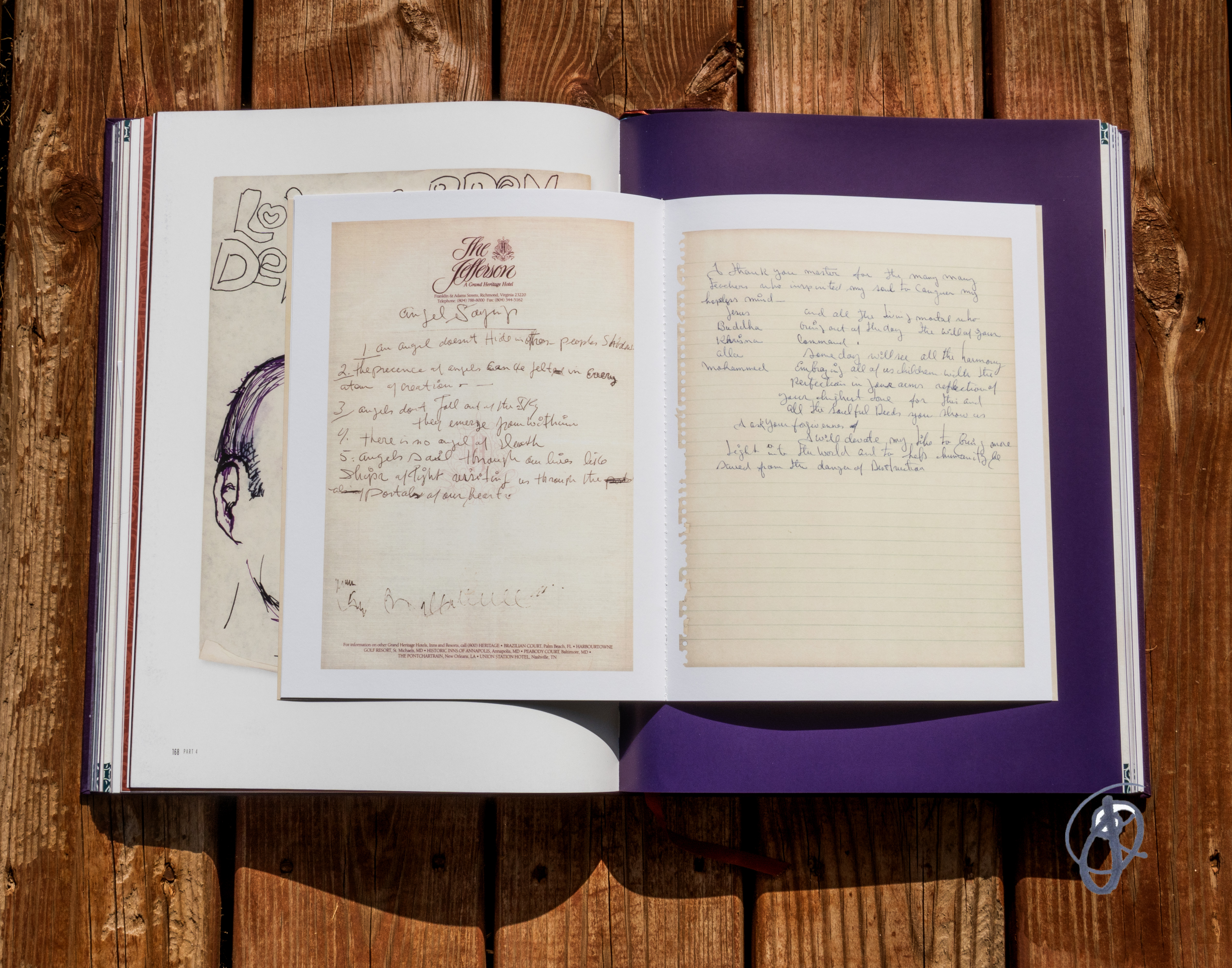
You may have forgotten the song title, but when you put the needle on a Santana album, you instinctively knew which song came next. Bootlegs were currency, not bitcoin. The album art and the liner notes were not paparazzi. It was an album and a guitar, not an algorithm, and certainly not a platform. The alchemy and the rawness are still what drive me to the next musical explosion on stage.
The captured moment on the cover of Santana’s Greatest Hits—a Black hand holding a white dove close to their bare chest—will forever evoke the soul and healing that gives music wings. Before Santana, “global music” or “fusion” wasn’t a genre. It wasn’t a thing at all. A rising tide lifts all boats—something we can all learn from the long journey of Carlos Santana.
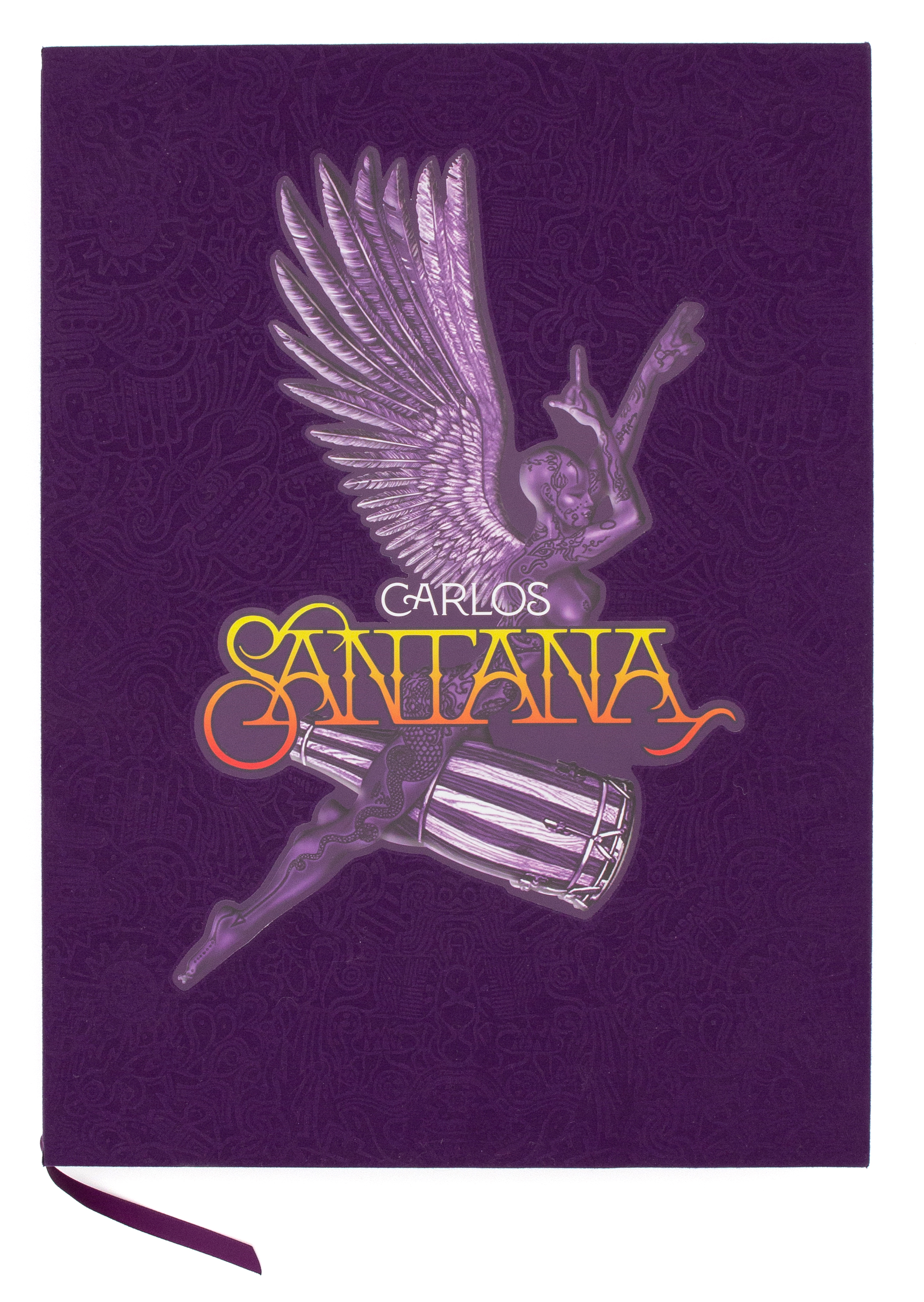
Paging through this incredible book, let’s glance at the pinnacle moments and add some interviews of our own. Grateful Web is as diverse as the guys we’re named for; certainly, our community has lots to say about Carlos Santana in that regard:
“Santana is America. They exposed millions of kids to the diversity of their own country and music culture, showed millions of other kids that they belonged and they were cool. Santana was always more focused on music and exploration rather than commercialization... He worked with artists he respected. He managed to sustain a following and a career for all these decades, and he puts on a helluva show.
I met Carlos in New Orleans at Jazz Fest on a college-age road trip. I was watching Pharoah Sanders... I noticed Carlos was watching the show too. After the show was over, I walked around towards the back of the tent, and Carlos emerged. He walked right up to me and stopped, looked at me, and said, ‘The angels are all around you.’ Classic Carlos Santana.” – Jaik Willis
Carlos Santana became a naturalized citizen between 1964–1965. He was in the Bay Area at the time, alive with Jefferson Airplane and the Grateful Dead. What ran its course hot and fast fueled Carlos’ vision of sustainability. The Santana Blues Band wasn’t a band; they were a gang. They were hard on each other in the name of fun. Perhaps that is why Carlos wasn’t concerned with graduating from high school. He completed his high school coursework and graduated when he was 21.
In 1967, Carlos contracted tuberculosis. It’s as if the universe were teaching him to slow down from the start. Everything unfolds at the right time if you trust it and put in the work. After he healed, he got to work. Wolfgang Grajonca, aka Bill Graham, took a special shine to Carlos Santana. Graham, a naturalized citizen through Ellis Island at age 10, orphaned by WWII, saw something familiar. Santana’s music reminded him of his days in the Bronx. At first, it was the blues—but then it was whatever felt good: jazz, Indian, Flamenco.
Bill Graham got the band a gig opening for The Who, but the band was late. Carlos didn’t drive and had to wait for his bandmate, who had a tortilla delivery service. Such is the struggle for working musicians—and it made a terrible impression on Graham. He blacklisted them for an entire year.
Thanks to this book, I now know more about Bill Graham, Clive Davis, Gregg Rolie, Neal Schon, and a whole host of musical players. Mostly, I have a clear timeline of Santana’s musical journey—like passing through the eye of his musical needle.
Of course, Love Surrender Devotion included everyone along the way. It’s not Santana if he can’t bring everyone along. The pages of artwork, mystical symbols like the Ouija board, and Bill Graham show posters signify the maturity of the shows as Santana found his sound. They opened up for the Butterfield Blues Band until one day, the lineup switched—and they were headlining.
Santana is not psychedelic, not blues, not even Latin rock. It’s just Santana. “I play life.”
The members may have changed—like electrons circling the nucleus—as long as that nucleus is an introspective lifelong learner like Carlos Santana. Phil Lesh admitted it was really hard to follow Santana.
There was a bit of luck involved. It was the perfect storm for his lightning to strike. Without the mentorship of Bill Graham, the original debut might’ve had the 30-minute version of “Soul Sacrifice.” Upon advice from his mentors, they shaved it down to under 7 minutes. The copies flew off the shelves weeks after their Woodstock appearance. The challenge? Recreate that passion with a shortened version and a producer who thought the band was a “street mutt.”
“Santana is that rarest breed of all—a band who function solely on the beat, letting the music mold and reflect upon the rhythm.” – Lenny Kaye
“Mostly, he strikes me as a musician who is only interested in creating music for himself first and foremost... Each recording is different from what came before.” – Grateful Web reader and saxophonist Casey Fitzpatrick
The live recordings followed. Live at the Fillmore 1968 cemented the sound. Love Surrender Devotion features ticket stubs, contracts, photographs—even the infamous story of Carlos tripping on LSD during Woodstock, trying to tame the snake his guitar neck had become. Thanks for that, Jerry Garcia. (Carlos’s son Salvador recounts ‘Santa Garcia’ in another Grateful Web interview)
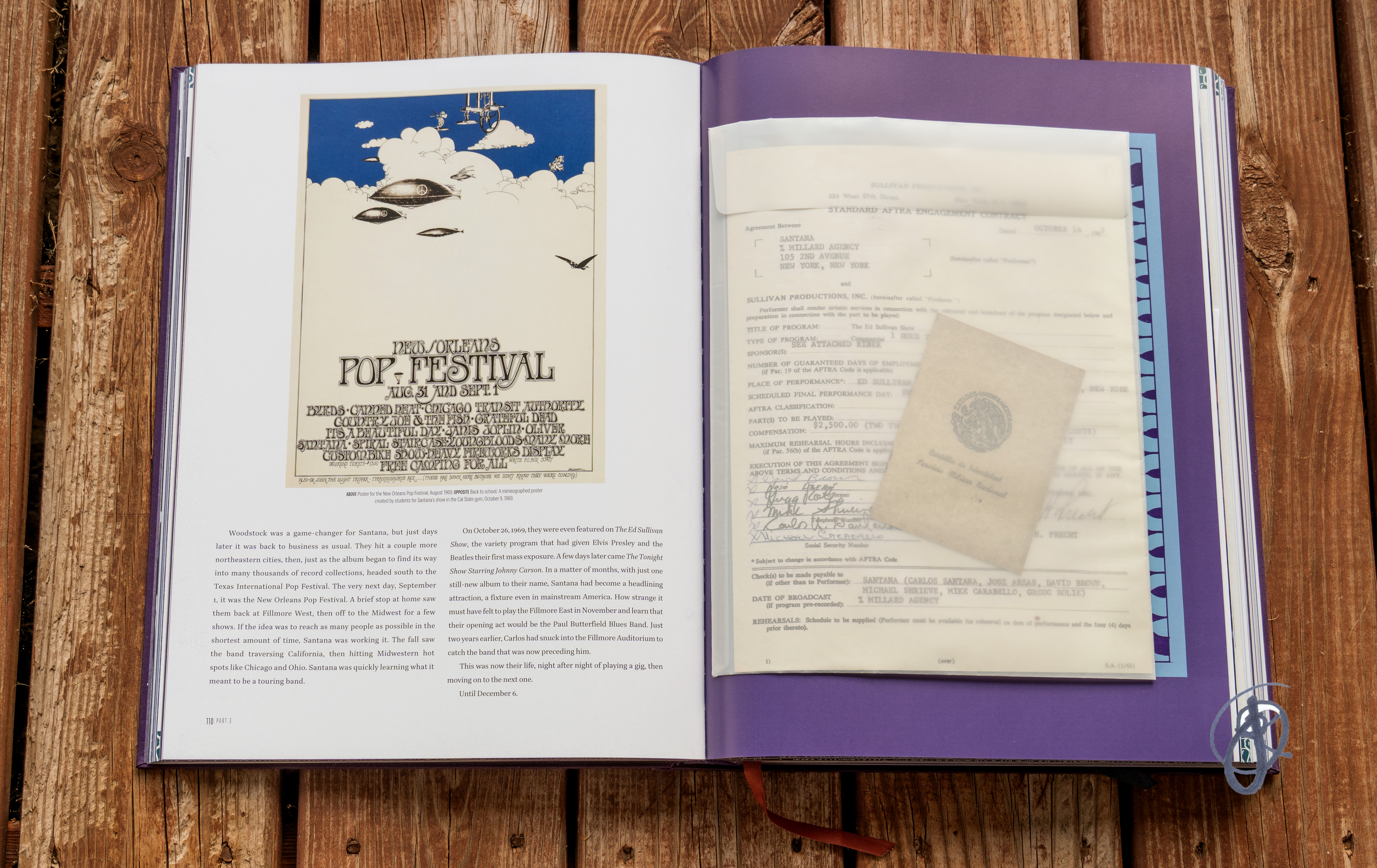
From there, page 111 includes replicas of the Ed Sullivan show contract. The story of Altamont, Dec. 6, 1969, includes photos of the band being crushed on all sides. A free Rolling Stones concert—Santana opening—but miles away from the Peace & Love of Woodstock. The Grateful Dead arrived, felt the vibe, and left.
The hits kept coming. The art flowed.
Fun fact: The Abraxas album art was done by Mati Klarwein—who also painted Miles Davis’ Bitches Brew. Carlos was enamored by Miles, and now I see their shared visual language in a new light. An artist always has their influences, but I especially appreciate it when you have to unearth who they are without obvious clues. Love Surrender Devotion does just that, unearths Carlos Santana.
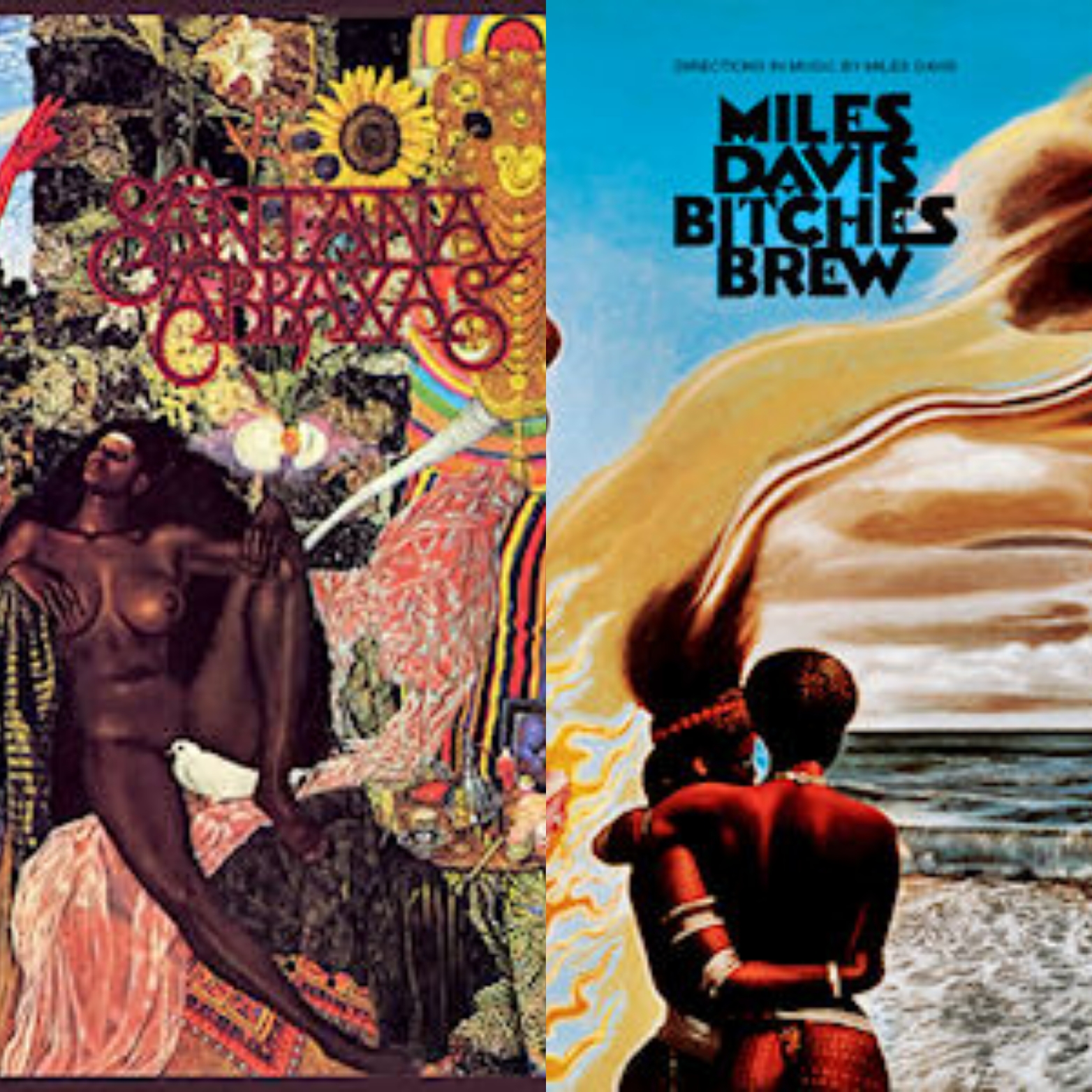
The third album, Santana III, marked the end of the party train. The band evolved to avoid the excesses of rock life. Rolie & Schon left to form Journey. The timeline in the book dubs this period “Jazz & Spirituality.” Even more tracks were instrumental. Radio play declined.
The fourth album, Caravanserai, was made to be heard as one unified piece. Page 145 includes Carlos’ passport and calendar—touring the globe as a 9-piece band. They even stopped in Dekalb, IL—our little cornfields part of that expansion. To pore over the handwritten notes makes this supernatural human quite human after all.
“I saw Santana at Poplar Creek on their drummer’s birthday. The whole crowd sang Happy Birthday. The sound was on point. It was the best concert!” – Grateful Web reader Colleen McCarthy
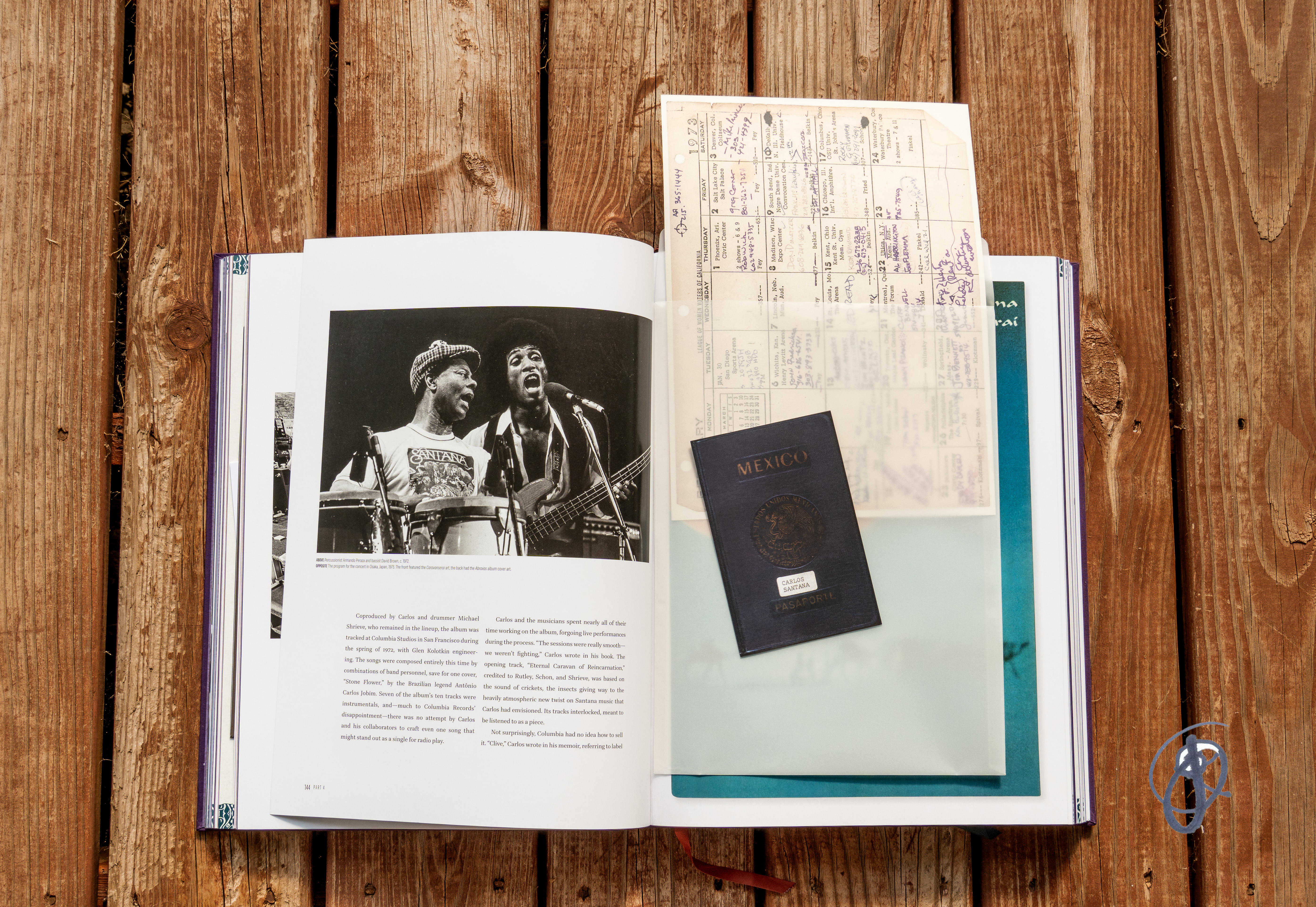
“When I discovered Abraxas at age 16, 25 years after its debut, I was floored. ‘Incident at Neshabur’ was such a revelation. As someone with fairly deep roots in Latin and African drumming, I’m sure Santana was my introduction to that world.” – Grateful Web reader Kevin Reitz
This period reimagined everything Santana had started to be. He and John McLaughlin explored spiritual jazz. Page 169 includes Carlos’ daily prayers:
“An angel doesn’t hide in other people’s shadows.
Angels don’t fall from the sky.
They emerge from within.”
Photos show Carlos praying at Kotoku-in Temple in Japan. He poured his heart into a trilogy: Caravanserai, Welcome, Borboleta. Originally released only in Japan, the 3-LP set Lotus was a rare gem until 1991.
“The people running the (record) company should have been selling cars, not music.” – Carlos Santana
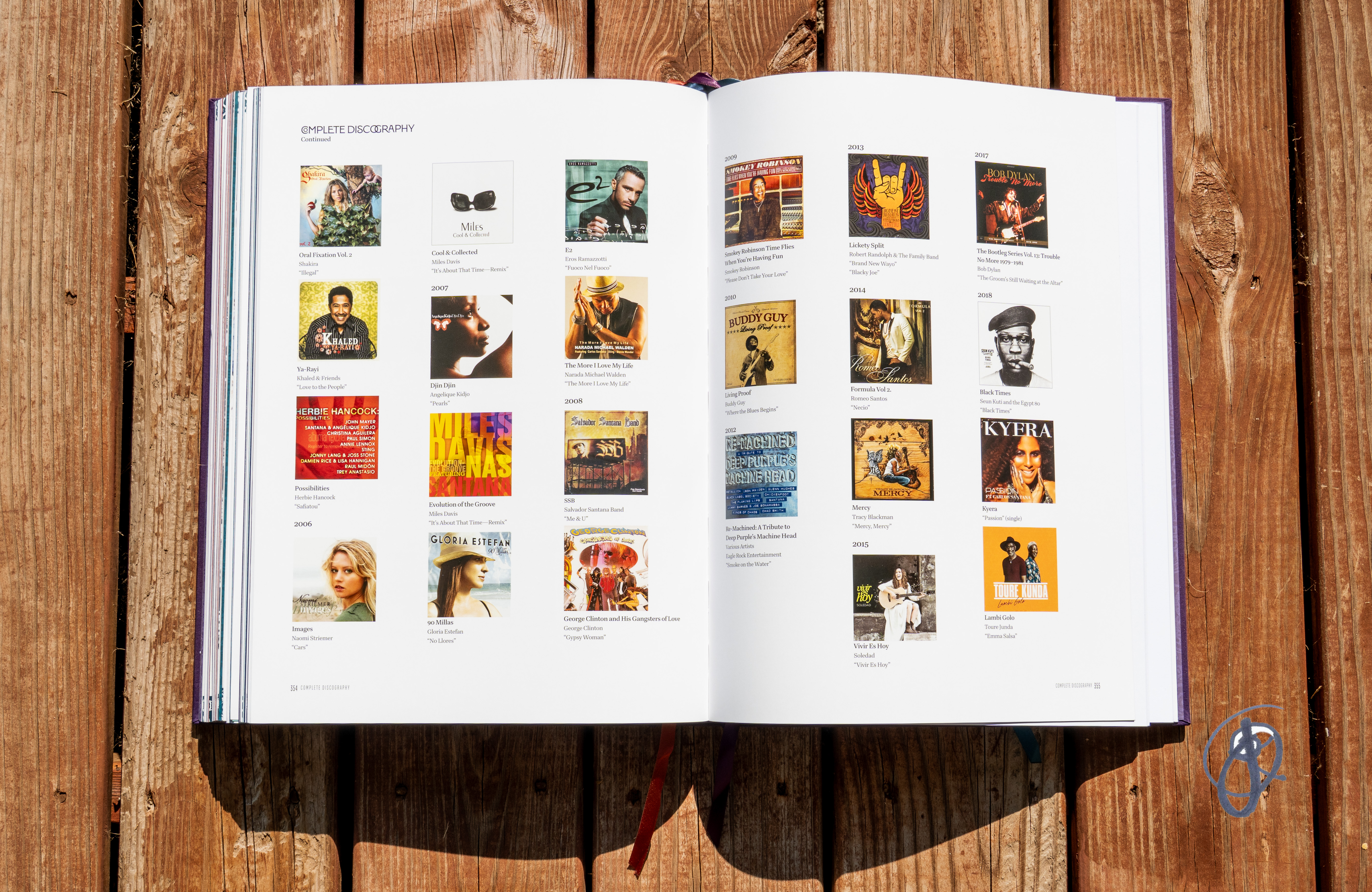
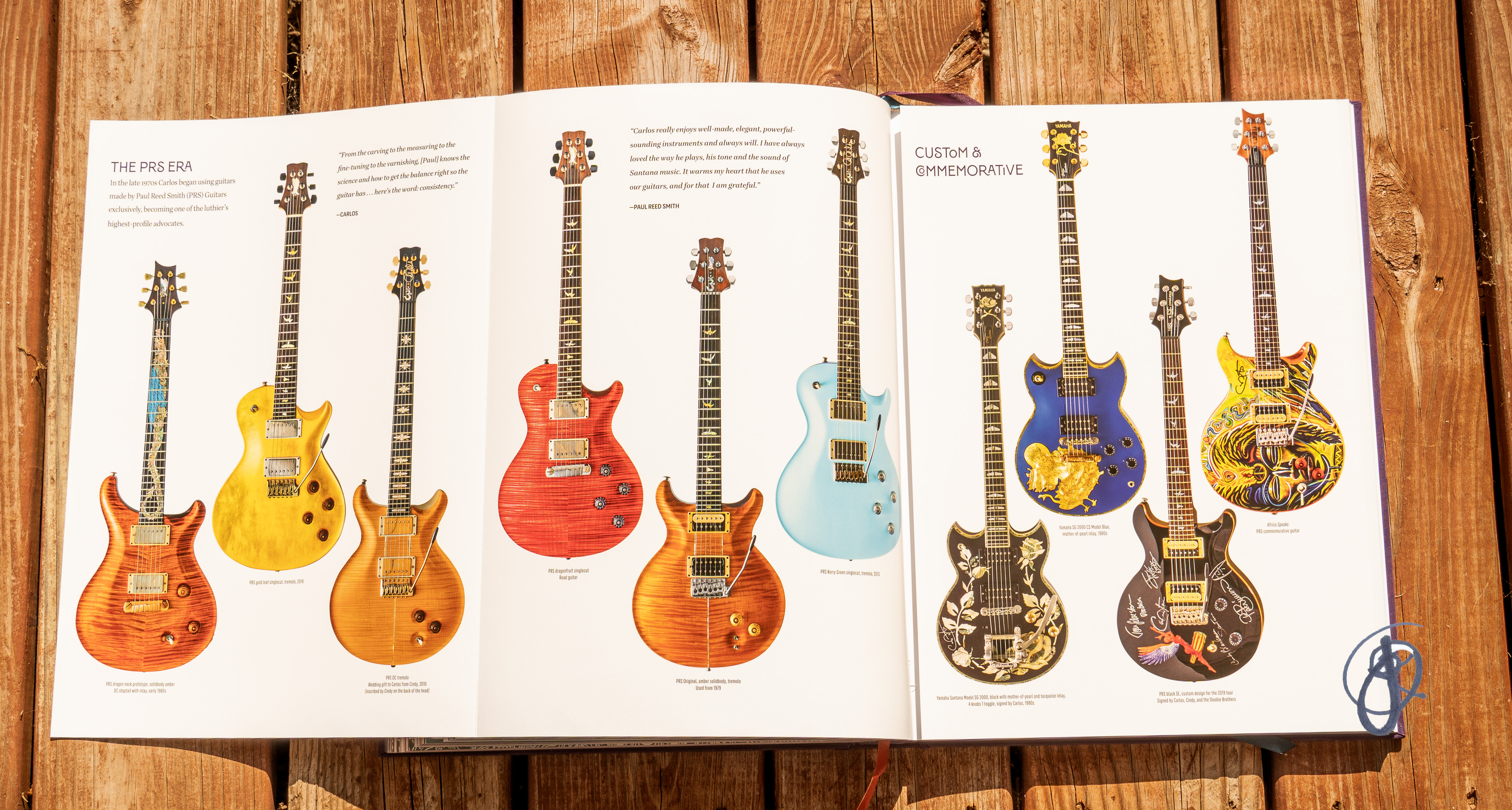
Moonflower was released in the US in 1977, blending live and recorded tracks. It was jarring, but his message still landed—soulful, pancultural, transcendent. No production team could stop him from creating what was in his soul.
Grateful Web reader and guitarist Scott Tipping said, “When I first heard Lotus, Universe opened up my senses. Santana brought big ears to his music. He has been a super conductor of imagination, inspiration, and always on an insatiable quest for tones, sounds, and grooves.”
From 1972 to 1981, Carlos turned to a more spiritual, philanthropic life. He meditated, ate mindfully, and read spiritual texts. “I don’t regret it because it made me very eloquent.” Yes, it did, Carlos.
By the time MTV hit, Santana was still making albums and selling out shows—but no longer dominating media coverage. Peace isn’t sexy enough to sell on MTV. In 1988, the accolades began: their first Grammy for “Blues for Salvador,” his son’s namesake. Bill Graham tragically passed. Carlos was inducted into the Rock Hall of Fame as the first Hispanic honoree. He acknowledged reality but carried on beyond.
“Peace to you all & May the music set you free.” – Carlos Santana
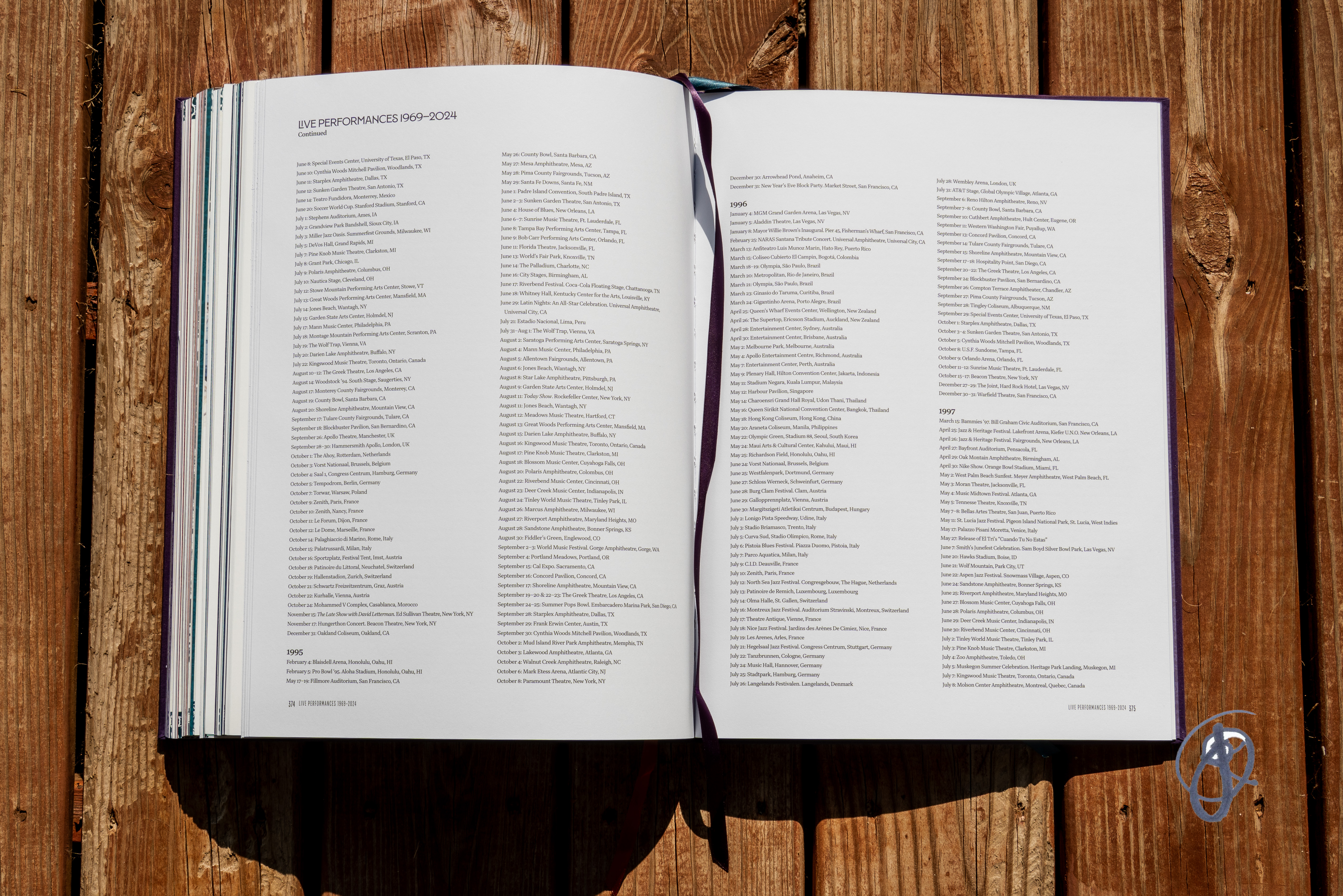
The guest appearances? Over 100 artists. Love Surrender & Devotion includes a partial list of all the artists Carlos played with. The list is infinite. Word on the street was: if you invited Carlos, he rarely turned you down. This decade draped in laurels could’ve been the last ride—but not for Carlos.
“Life is about making miracles happen.” – Carlos Santana
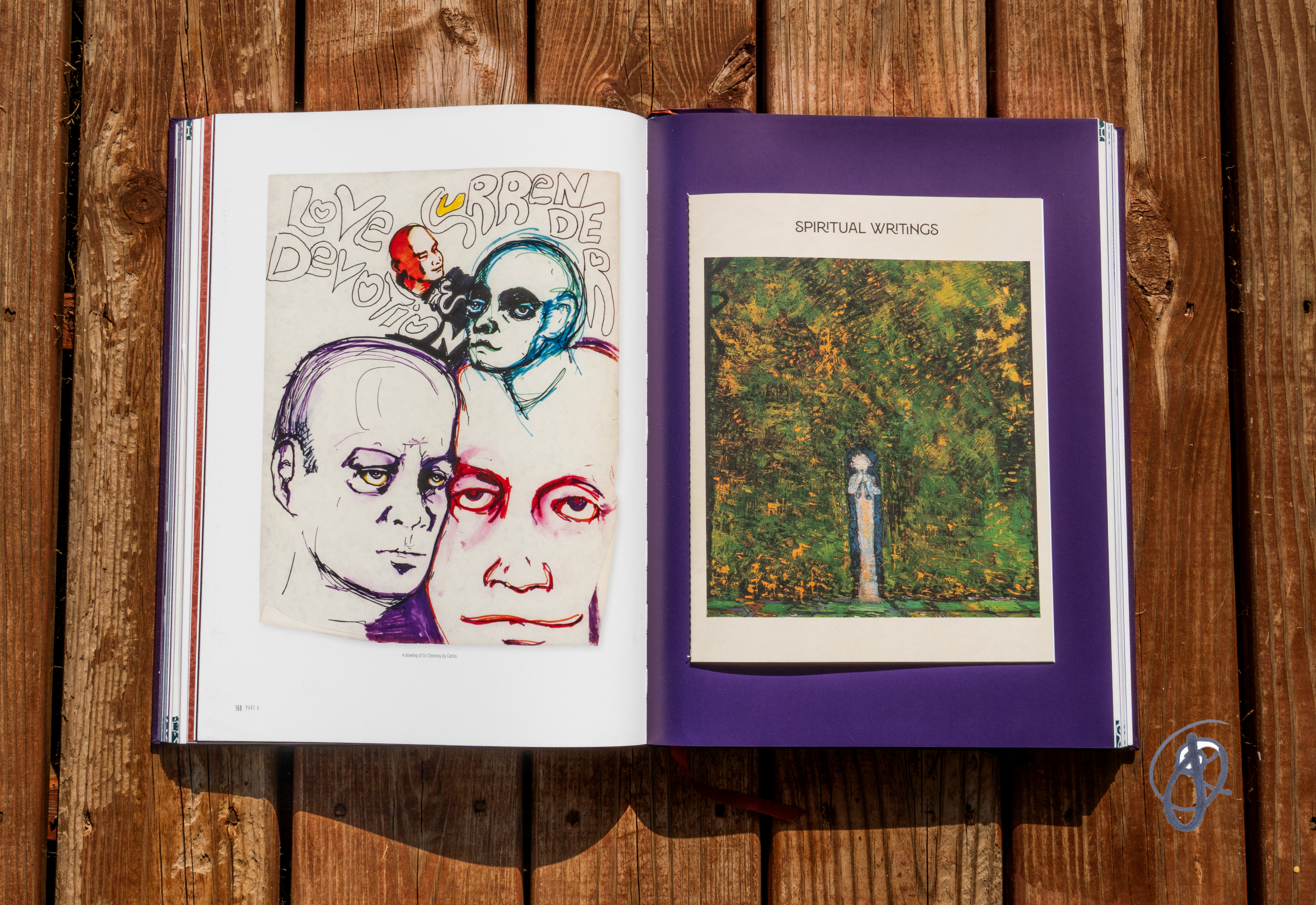
Around this time, Carlos met the archangel Metatron. Page 249 includes his sketches and dialogue with the archangel. Clive Davis returned, and Carlos was “pregnant with his biggest album yet.”
“I was gifted DMB tickets with Macy Gray opening. Carlos Santana was the surprise guest! Later, I was busking in San Francisco in the train tunnel across from Marin where Carlos lived at the time. A man asked to play my Spanish-style Classical guitar, and he played just like Santana. Said he knew Carlos, they were friends in childhood, but that Carlos was way better. I think it was Carlos.”
– Grateful Web reader and musician, Jalin Malin
And then… Supernatural. “Smooth” dropped 6/15/1999. 30 million copies sold.
Carlos aimed to “activate the divinity in people’s hearts.” Mission: accomplished.
2013 brought Santana to the Kennedy Center Honors. President Obama said, “You continue to inform the immigrant experience on your way to the American Dream. Even without music, you are an essential humanitarian.”
The term full circle is often used at this point. Perhaps the circle is never broken and unending. The integrity of the music remains impeccable, and Santana is still on tour as I write this review. The show all-ways must go on.
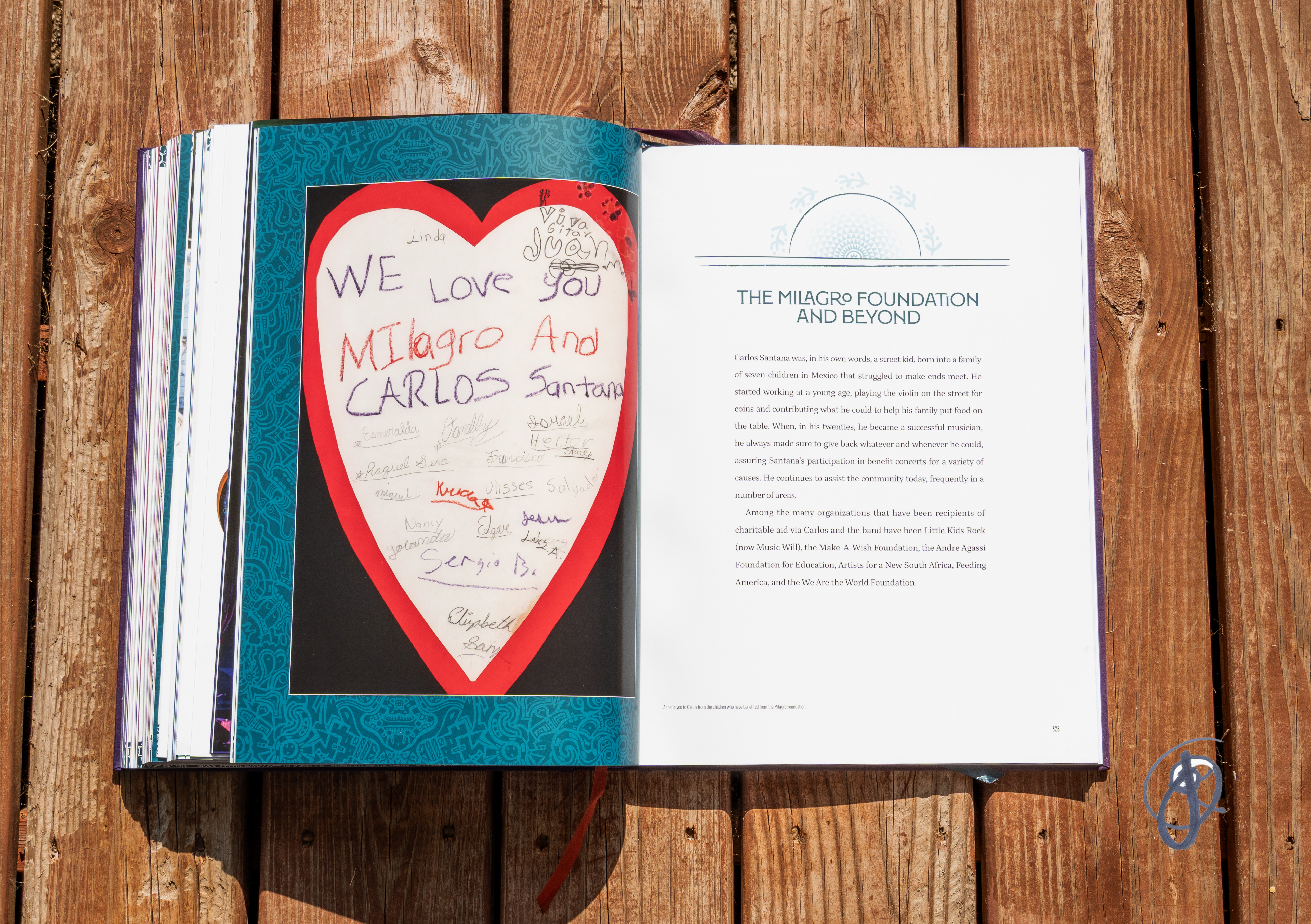
Page 325 begins his legacy chapter. 19 pages of discography. 32 pages of live performances with very small print. Published in May of 2025—and still growing.
The culmination of chemistry and calling is contained in the pages of Love Surrender & Devotion. It is a celebration of cadence, collaboration, and community. We are the sun. Carlos Santana is the moon, reflecting our light back to us. Gazing at the moon has always been a passion for humankind, and I hope it always will be.
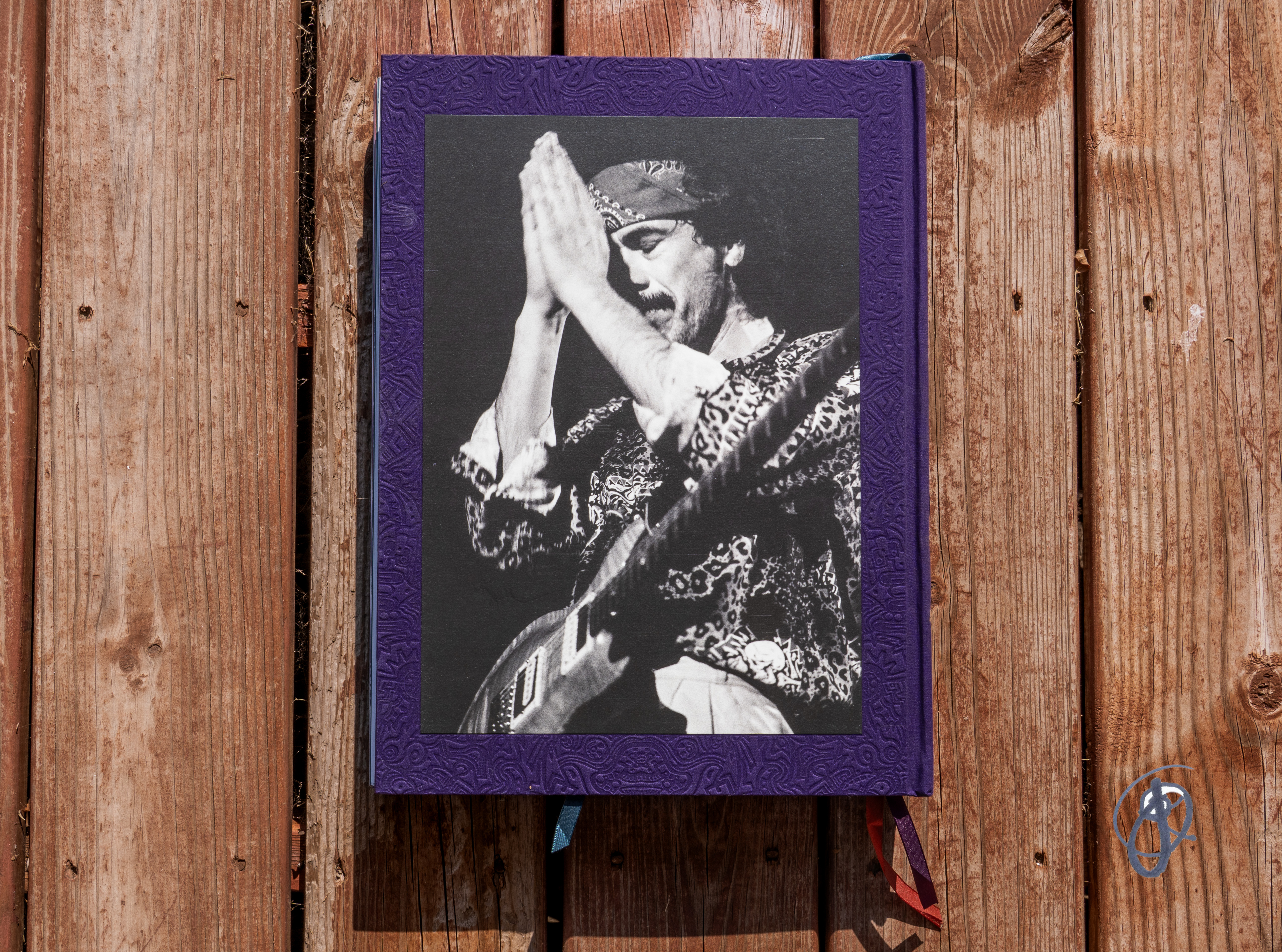
P.S. I dedicate this review to my beloved sibling, Lou — an avid Santana fan whose love for the music was as enduring as his spirit. Lou’s high school friend, Ed Adair, worked as Santana’s guitar tech for many years, keeping Lou connected to the magic happening behind the scenes. He often shared stories of the shows, including the unforgettable night when Santana proposed to Cindy Blackman. Lou recently left this earthly plane, and reading this book became more than a review assignment — it was a way to feel closer to him through the music we both cherished. Experiencing Santana’s journey on the page was a cathartic reminder of why life, even in grief, is still worth living. I’d love to hear how Santana has affected your life, too. Write to me at June@gratefulweb.com





